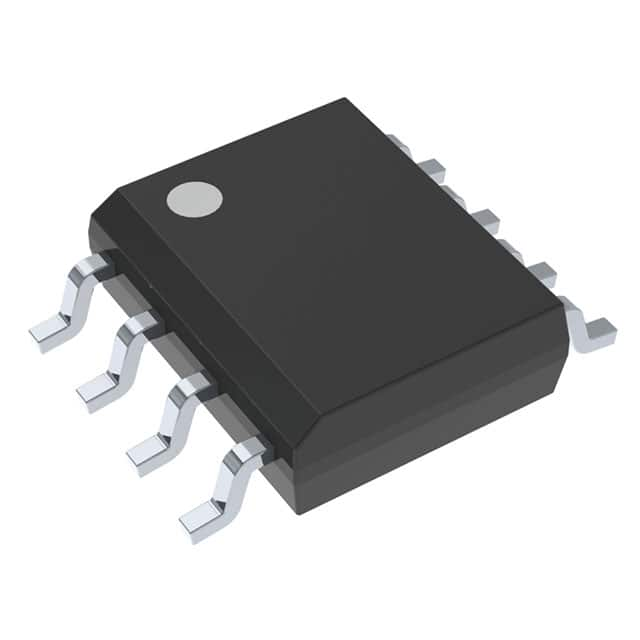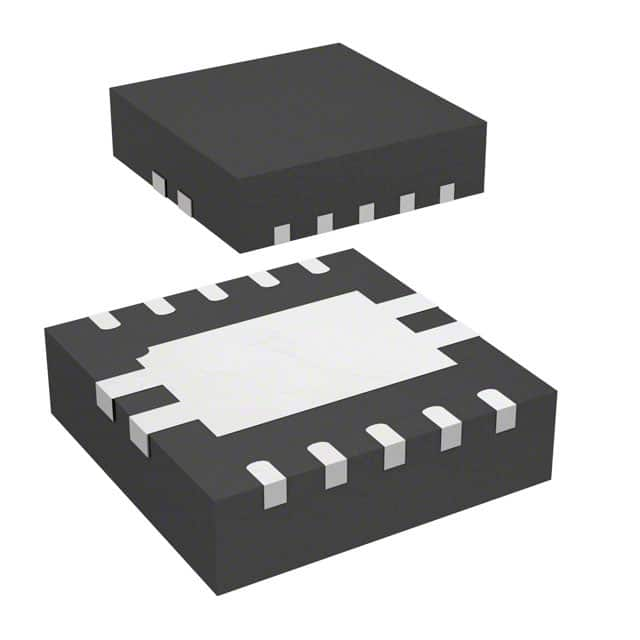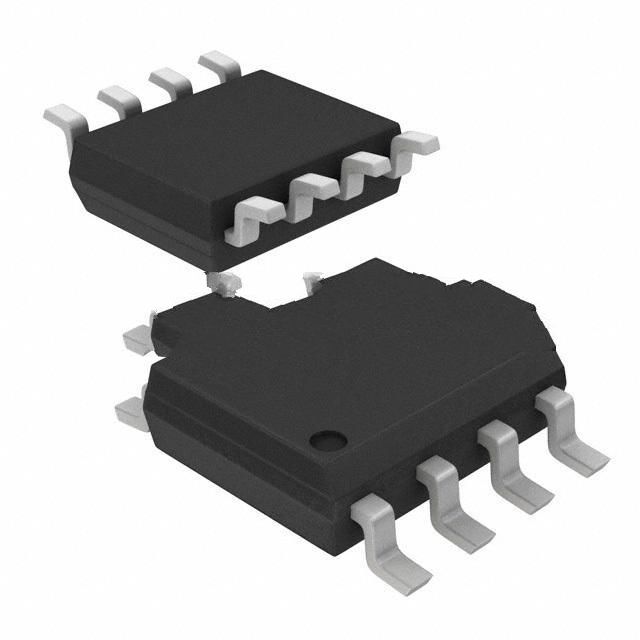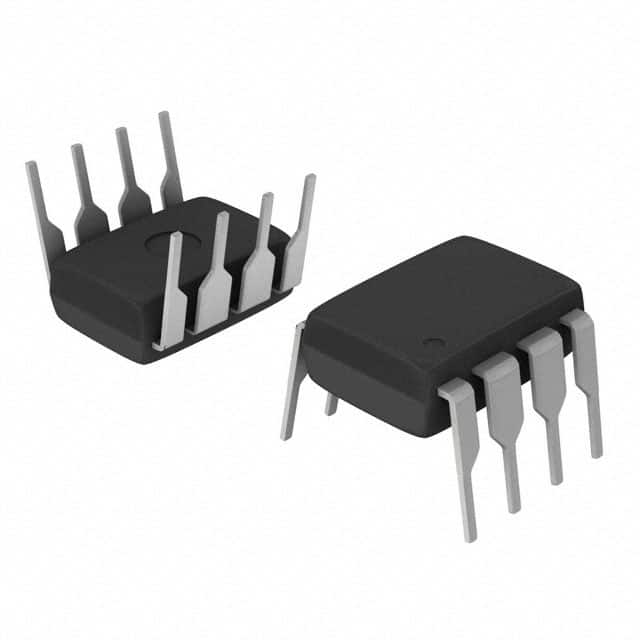LM5110-2SD/NOPB Product Introduction:
Texas Instruments Part Number LM5110-2SD/NOPB(PMIC - Gate Drivers), developed and manufactured by Texas Instruments, distributed globally by Jinftry. We distribute various electronic components from world-renowned brands and provide one-stop services, making us a trusted global electronic component distributor.
LM5110-2SD/NOPB is one of the part numbers distributed by Jinftry, and you can learn about its specifications/configurations, package/case, Datasheet, and other information here. Electronic components are affected by supply and demand, and prices fluctuate frequently. If you have a demand, please do not hesitate to send us an RFQ or email us immediately sales@jinftry.com Please inquire about the real-time unit price, Data Code, Lead time, payment terms, and any other information you would like to know. We will do our best to provide you with a quotation and reply as soon as possible.
Introducing the Texas Instruments LM5110-2SD/NOPB, a versatile and high-performance gate driver designed to meet the demanding requirements of power electronics applications. With its advanced features and robust design, this gate driver is the perfect solution for a wide range of applications.
The LM5110-2SD/NOPB features a high peak output current of 2A, allowing it to drive large power MOSFETs and IGBTs with ease. Its wide input voltage range of 4.5V to 18V ensures compatibility with a variety of power supply voltages. The device also incorporates an integrated bootstrap diode, eliminating the need for an external diode and reducing component count and board space.
This gate driver is designed to provide fast and efficient switching performance, with a propagation delay of only 30ns and a rise and fall time of 10ns. It also features an adjustable dead time control, allowing for precise control of the power switch timing.
The LM5110-2SD/NOPB is ideal for a wide range of applications, including motor drives, power inverters, and uninterruptible power supplies. Its high performance and robust design make it suitable for both industrial and automotive applications.
In summary, the Texas Instruments LM5110-2SD/NOPB gate driver offers exceptional performance, versatility, and reliability. Whether you are designing a motor drive or a power inverter, this gate driver is the perfect choice to meet your needs.
Gate Drivers are circuits specifically designed to enhance and control the gate signals of a MOSFET or IGBT. It receives low-voltage and low-current signals from the controller and converts them into high-voltage and high-current pulse signals that directly act on the gate of the MOSFET or IGBT, thus achieving accurate control of these semiconductor switching devices. Grid drivers have become an indispensable part of modern power electronic systems because of their high efficiency in signal conversion and stable driving performance.
Application
Gate Drivers have been widely used in various fields of power electronics technology. In the motor control system, the gate driver is used to drive the MOSFET or IGBT switching components of the inverter to achieve accurate control and efficient operation of the motor, which is widely used in the fields of electric vehicles, industrial automation equipment and household appliances. In power inverters, the gate driver is responsible for converting DC power to AC power to meet the needs of various loads, commonly seen in solar photovoltaic systems, wind power systems and uninterruptible power supplies (UPS). In addition, gate drivers also play an important role in many fields such as switching power supplies, AC frequency converters, and power electronic converters.
FAQ about PMIC - Gate Drivers
-
1. What is an active gate driver?
An active gate driver is a circuit that is mainly used to enhance the gate signal of a field effect transistor (MOSFET) or an insulated gate bipolar transistor (IGBT) so that the controller can better control the operation of these semiconductor switches. It controls the gate of MOSFET or IGBT by converting the signal output by the controller into high-voltage, high-current pulses, thereby improving the performance, reliability and service life of these devices.
-
2. Why is a gate driver needed?
The main reasons for the need for gate drivers include signal amplification, electrical isolation, and protection mechanisms.
Signal Amplification
The main function of the gate driver is to convert the low-voltage signal of the controller into a high-voltage drive signal, thereby achieving effective control of the power device. This signal amplification function ensures that the power device can be stably turned on and off, improving the efficiency and reliability of the system.
Electrical Isolation
In many applications, electrical isolation between the control circuit and the power semiconductor is very important to prevent voltage feedback or ground loop problems. Gate drivers usually use optocouplers or other isolation methods to maintain this isolation, ensuring that the control circuit is not affected by the power circuit, thereby improving the stability and safety of the system.
Protection Mechanism
Gate drivers also integrate a variety of protection functions, such as overcurrent, overvoltage protection, and short-circuit protection. These protection mechanisms can effectively prevent power device damage and improve the reliability and safety of the system.
-
3. What is the difference between MOSFET and IGBT gate drivers?
The gate drivers of MOSFET and IGBT have significant differences in drive voltage, drive current, and drive mode.
Drive Voltage and Drive Current
MOSFET: The gate drive voltage of MOSFET is low, usually between 10V and 20V. Due to its structural characteristics, the driving current of MOSFET is also relatively small, which is suitable for using a smaller driving circuit.
IGBT: The gate driving voltage of IGBT is relatively high, usually between 15V and 20V. Due to its composite structure, IGBT requires a large driving current to control its conduction and cutoff, and usually requires a special driving circuit to provide sufficient driving power.
Driving method
MOSFET: The switching speed of MOSFET is very fast and suitable for high-frequency applications. Its driving method is relatively simple, and the gate can be directly controlled by voltage to achieve fast switching action.
IGBT: The switching speed of IGBT is slow and suitable for low-frequency applications. Due to its composite structure, IGBT requires a larger driving current and a more complex driving circuit to ensure its stable operation. IGBT usually requires positive and negative voltages to control its conduction and cutoff, especially when it is turned off, a negative voltage is required to eliminate the current tailing effect.
 Lead free / RoHS Compliant
Lead free / RoHS Compliant































